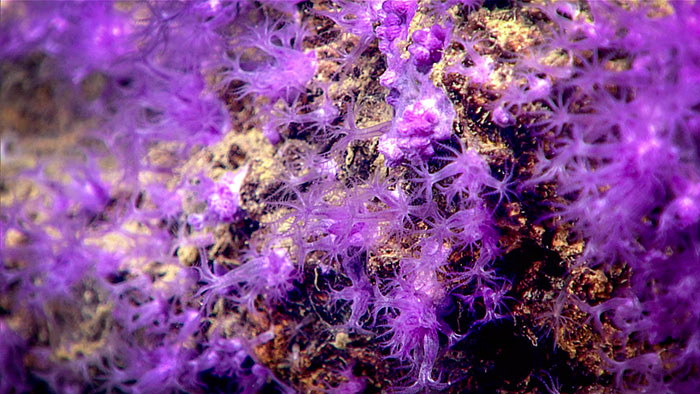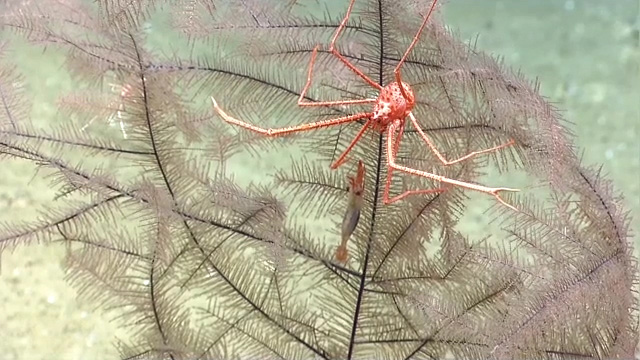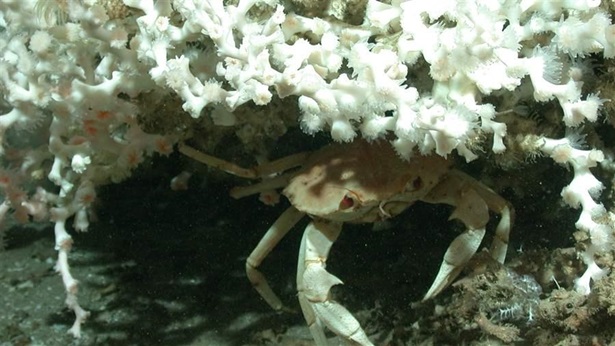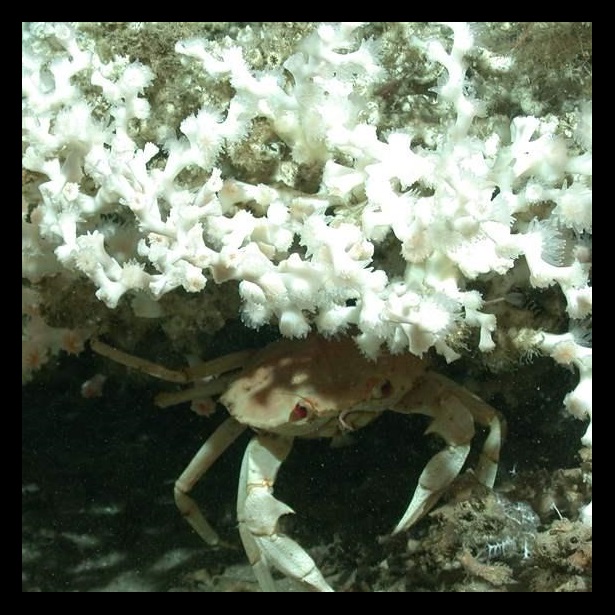Vulnerable Deep-Sea Corals in Gulf of Mexico May Gain Historic Protections
Fishery council could safeguard these fragile organisms and the many species they support

Ancient deep-sea corals in the Gulf of Mexico could win protections this month if fishery leaders approve a first-of-its-kind plan to restrict the use of damaging fishing gear in some of these vulnerable habitats.
The Gulf of Mexico Fishery Management Council, which governs offshore fishing in the Gulf, is set to vote on protecting up to 23 coral hotspots at its meeting June 18-21 in Key West, Florida. The areas, which range from 1 to 124 square miles, provide shelter, food, and breeding grounds for commercially valuable fish species, such as snapper and grouper, as well as sharks, starfish, squat lobsters, crabs, and other sea life.
Approving the protections would be the most significant action the council has taken to safeguard deep-sea corals. The proposal calls for designating select sites as Habitat Areas of Particular Concern and, in some cases, restricting the use of gear, such as longlines, trawls, crab traps, and anchors, which can break or smother fragile corals. Trolling and other hook-and-line fishing would still be allowed, as those activities do not normally affect the deep ocean floor where these corals live.
The council is hosting public hearings in all five Gulf states and online through June 6. If the council passes the measure, the U.S. Department of Commerce must also approve it for the policy to take effect.
The Pew Charitable Trusts supports the measure and has gathered more than 16,000 signatures from people who also back these protections.
Some deep-sea corals can grow hundreds of feet tall, while others live for thousands of years. These fragile ecosystems face threats, mainly from some types of fishing gear but also from oil and gas development and changing ocean conditions. Once hurt, the slow-growing corals can take centuries to recover, if they survive at all. Deep-sea coral communities, which are difficult and expensive to document and study, are also natural disease fighters, with some holding properties that can produce cancer treatments.
You can urge Gulf fishery managers to protect these corals by signing Pew's action alert here and by writing directly to council members by June 5 here. After that, the National Oceanic and Atmospheric Administration will accept comments here until July 5.
Please act now to help safeguard these valuable ocean habitats and the potential medical cures they hold.
To learn more, watch our video or read more about these special ecosystems.
Holly Binns directs The Pew Charitable Trusts' efforts to protect ocean life in the Gulf of Mexico, the U.S. South Atlantic Ocean, and the U.S. Caribbean.


America’s Overdose Crisis
Sign up for our five-email course explaining the overdose crisis in America, the state of treatment access, and ways to improve care
Sign up

This video is hosted by YouTube. In order to view it, you must consent to the use of “Marketing Cookies” by updating your preferences in the Cookie Settings link below. View on YouTube
This video is hosted by YouTube. In order to view it, you must consent to the use of “Marketing Cookies” by updating your preferences in the Cookie Settings link below. View on YouTube












